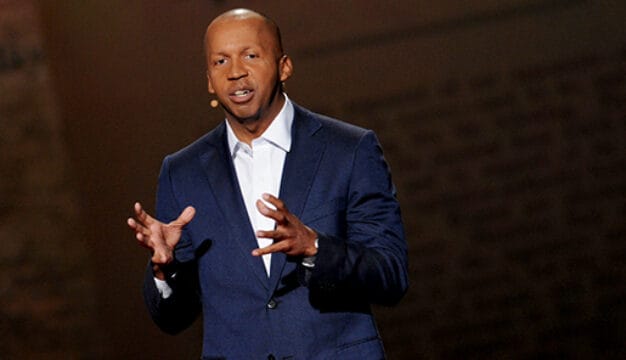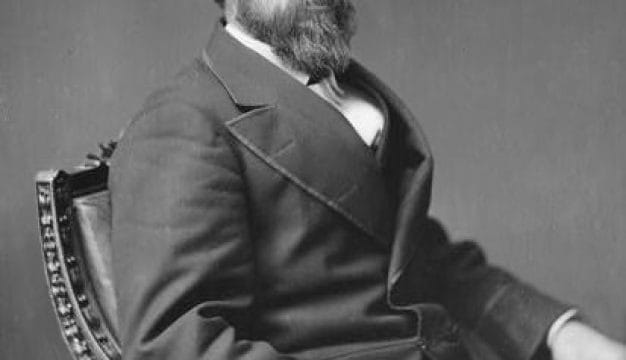Luther Leonidas Hill Jr.
Luther Leonidas Hill Jr. (1862-1946) was a prominent Alabama physician and pioneering surgeon during the late nineteenth and early twentieth century. He is regarded as the first American physician to perform a successful surgical repair on a wounded heart.
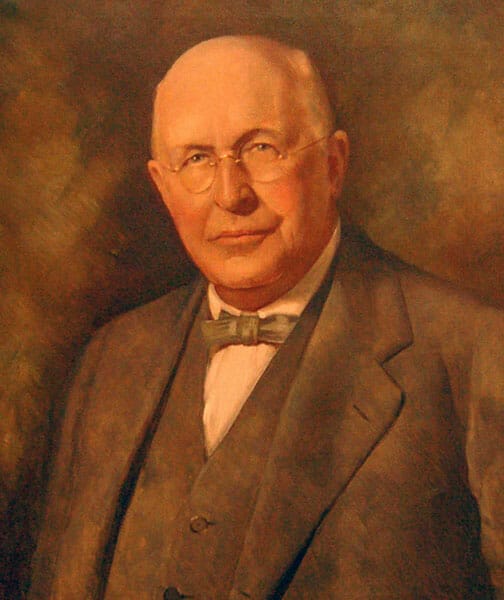 Luther Leonidas Hill
Hill was born on January 22, 1862, in Montgomery, Montgomery County, the son of Rev. Luther L. and Laura Croom Hill. The son and grandson of Methodist ministers, Hill initially prepared to enter the ministry. After completing his education at Howard College (now Samford University in Birmingham) in Marion, Perry County, in 1878, Hill instead turned to medical studies and graduated in 1881 with a medical degree from the City University of New York.
Luther Leonidas Hill
Hill was born on January 22, 1862, in Montgomery, Montgomery County, the son of Rev. Luther L. and Laura Croom Hill. The son and grandson of Methodist ministers, Hill initially prepared to enter the ministry. After completing his education at Howard College (now Samford University in Birmingham) in Marion, Perry County, in 1878, Hill instead turned to medical studies and graduated in 1881 with a medical degree from the City University of New York.
Hill continued his medical education at Jefferson Medical College in Philadelphia in 1882, focusing on surgery. During 1883, Hill expanded his studies in surgery with specializations in the eye, ear, and throat at the New York Polyclinic Medical School and Hospital. In July of that year, Hill departed for London, England, to become a student of Joseph Lister, a pioneer in sterile surgical techniques, at the King’s College Hospital. After a tour of Europe, Hill returned to Montgomery to establish his medical practice, specializing in surgery. Hill continued to acquire new skills as a surgeon while working at his practice. His son recalled that Hill had never seen an abdominal surgery until he performed one himself.
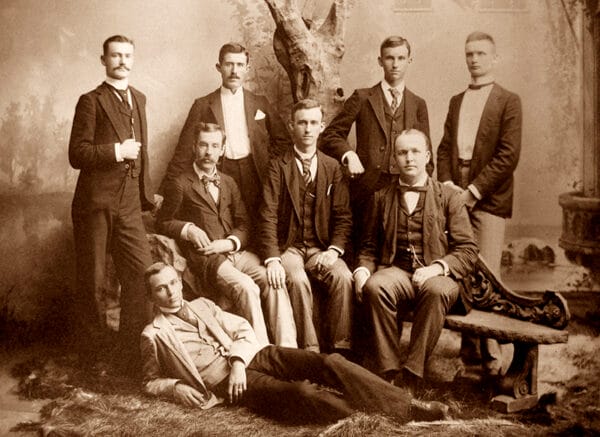 Luther Leonidas Hill, 1890
In the early years of his practice, Hill was an active member of the county medical and surgical society and was elected president in 1887. Hill married Lillie Lyons of Mobile on July 12, 1888. They had five children, three boys and two girls, including future Alabama U.S. Senator Lister Hill, whom Hill named for Joseph Lister. In 1890, Hill was appointed president of the U.S. Board of Pension Examiners. Hill’s brother Robert joined his practice in 1891. In 1897, the Hill brothers established the Laura Hill Hospital in Montgomery, named in honor of their mother. Also known as the Hill Infirmary, the facility continued operation until 1932. In 1897, Hill was elected president of the Medical Association of the State of Alabama and in 1898 president of the Montgomery Board of Health.
Luther Leonidas Hill, 1890
In the early years of his practice, Hill was an active member of the county medical and surgical society and was elected president in 1887. Hill married Lillie Lyons of Mobile on July 12, 1888. They had five children, three boys and two girls, including future Alabama U.S. Senator Lister Hill, whom Hill named for Joseph Lister. In 1890, Hill was appointed president of the U.S. Board of Pension Examiners. Hill’s brother Robert joined his practice in 1891. In 1897, the Hill brothers established the Laura Hill Hospital in Montgomery, named in honor of their mother. Also known as the Hill Infirmary, the facility continued operation until 1932. In 1897, Hill was elected president of the Medical Association of the State of Alabama and in 1898 president of the Montgomery Board of Health.
In 1900, Hill published the article “Wounds of the Heart” in the New York Medical Record. Heart surgery was still a recent innovation in medicine, and in the article Hill recounted all the major cases to that date. His extensive study of heart wounds established him as an authority in vascular medicine and would bring him renown in pioneering techniques for repairing wounded hearts.
In the early morning hours of September 15, 1902, Hill was summoned by two local Montgomery physicians who were attempting to treat Henry Myrick, a 13-year-old African American youth, who had been the victim of a stab wound to the heart the previous afternoon. Six hours passed before the first physicians had been called, and another two hours passed before Hill arrived at the boy’s home. Myrick’s wound had been bleeding continuously, and although he was still conscious, his pulse was fading. Hill convinced the family to let him operate on the wound.
Although he was widely regarded as an authority on heart wounds, Hill had not actually operated on a living heart. Hill moved Myrick to a table and by lantern light began the procedure, assisted by his brother and a fourth physician who had arrived to administer chloroform to the patient. Hill opened the youth’s chest and discovered a great deal of internal bleeding within the pericardium, the protective tissue surrounding the heart. To relieve pressure on the injured organ, Hill opened the pericardial sack to drain the blood. He then stitched the stab wound, which was in the left ventricle of Myrick’s heart, with catgut thread. The entire procedure lasted 45 minutes. Myrick survived and within a few weeks had recovered from his injuries. With this procedure, Hill became the first American physician to successfully repair a wounded heart in a surgery that the patient survived.
Word of Hill’s success caused a sensation in both the popular media as well as medical journals. The story was reported in the New York Sun, and Hill published his own account of the surgery along with an updated list of heart suture cases internationally in “A Report of a Case of Successful Suturing of the Heart” in the November 1902 issue of the New York Medical Record and later in a chapter, “Wounds of the Heart” in the Reference Handbook of Medical Sciences. However, despite his success and his advocacy of such procedures to the medical community, heart surgery did not advance significantly in either the United States or Europe for several decades.
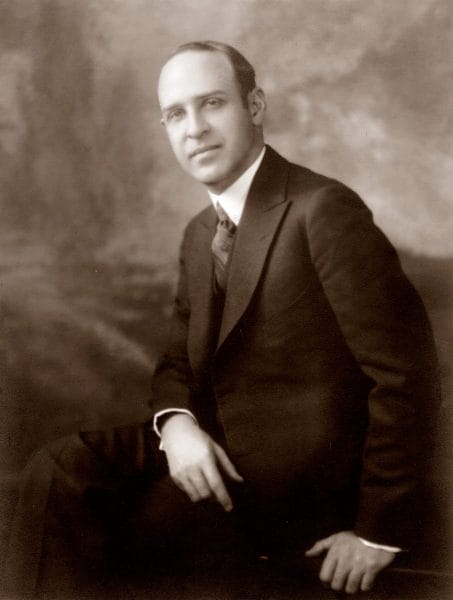 Lister Hill
Hill retired from his practice in 1931. He lived to see his son Lister elected to the U.S. House of Representatives and then the Senate. Perhaps as a result of his father’s influence, Lister Hill became a champion for public health and sponsored the Hill-Burton Act, which significantly expanded hospital care. Hill died in Montgomery on April 4, 1946 and is buried in Greenwood Cemetery in Montgomery.
Lister Hill
Hill retired from his practice in 1931. He lived to see his son Lister elected to the U.S. House of Representatives and then the Senate. Perhaps as a result of his father’s influence, Lister Hill became a champion for public health and sponsored the Hill-Burton Act, which significantly expanded hospital care. Hill died in Montgomery on April 4, 1946 and is buried in Greenwood Cemetery in Montgomery.
On October 1, 1959, the University of Alabama at Birmingham Medical Center dedicated the Luther Leonidas Hill Heart Center in Hill’s honor. Participating in the dedication was Senator Lister Hill and physician Luther Terry, future U.S. Surgeon General and himself a namesake of Luther Hill. In 2001, Hill was elected posthumously to the Alabama Health Care Hall of Fame. The downtown Montgomery office that Hill shared with his brother Robert still stands and bears a historical marker placed by the Alabama Historical Association.
Additional Resources
Dubose, Joel Campbell. Notable Men of Alabama: Personal and Genealogical, Volume 1. Atlanta, Ga.: Southern Historical Association, 1904.
Hollingham, Richard. Blood and Guts: A History of Surgery. New York: St. Martin’s Press, 2008.
Westaby, Stephen, and Cecil Bosher. Landmarks in Cardiac Surgery. Oxford, U.K.: Isis Media Ltd., 1997.


